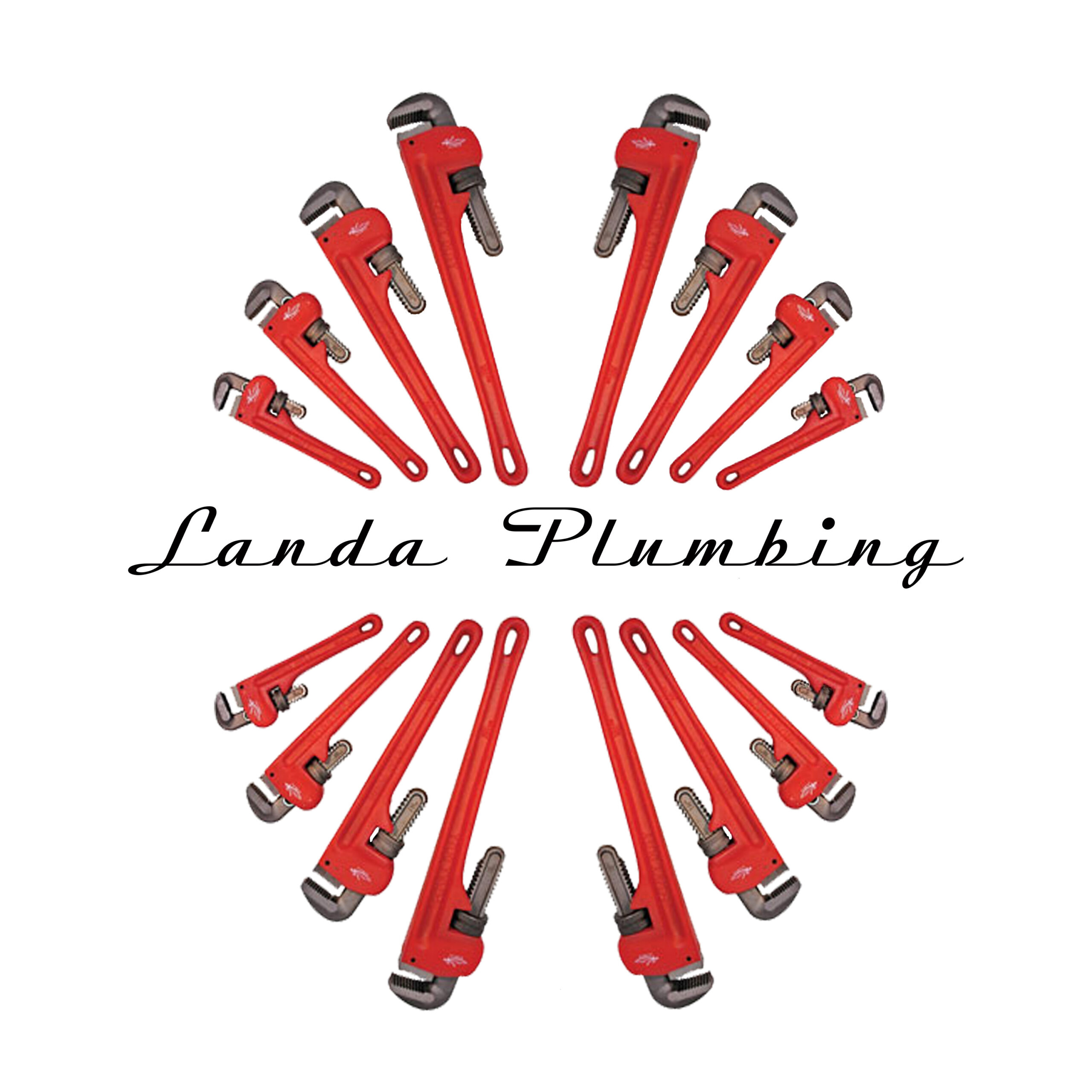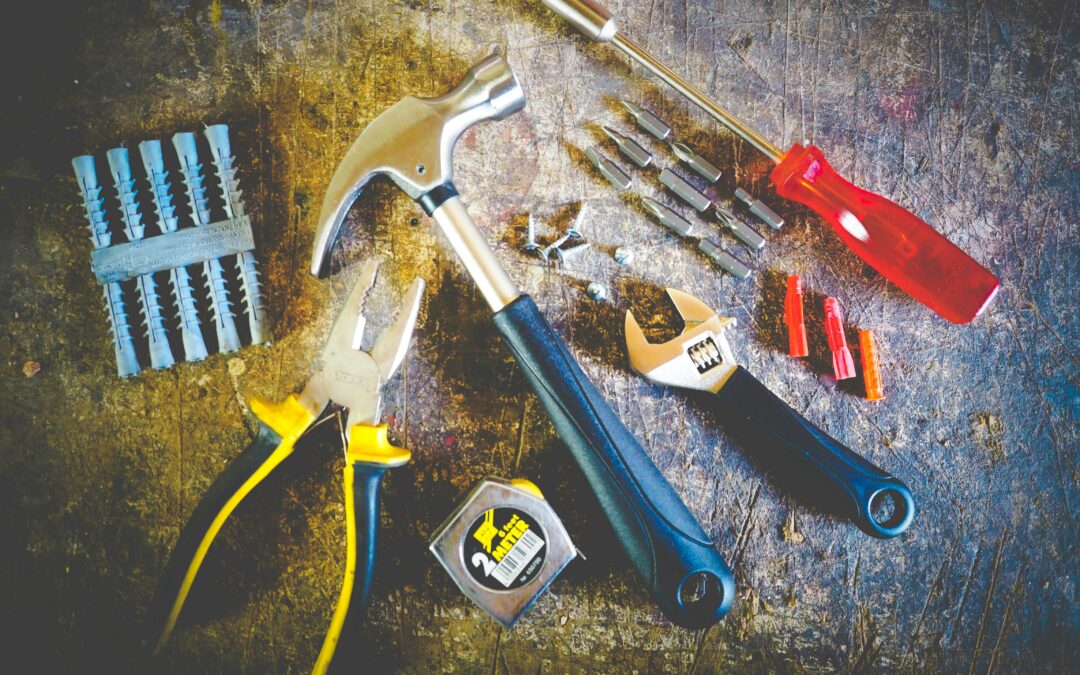Learn the most essential DIY plumbing basics in our blog!
Our homes rely on a complex network of pipes and fixtures to deliver fresh water and remove waste. While calling a plumber is always an option, having a basic understanding of your plumbing system can be incredibly empowering for homeowners. Not only can this knowledge save you money on minor repairs, but it can also help you identify and address potential problems before they escalate into major emergencies.
Imagine a burst pipe spewing water in your basement at midnight – knowing how to shut off the main water supply valve could prevent significant water damage while you wait for a professional.
Let’s dive into some essential DIY plumbing tasks that every homeowner should be familiar with.
Locating and Using the Main Water Shutoff Valve
Knowing where your main water shutoff valve is located is your frontline defense against a plumbing disaster, allowing you to quickly stop the flow of water in case of a burst pipe, overflowing toilet, or any other major leak.
Here’s a quick guide to finding and using your main shutoff valve:
Why Location Matters
A plumbing emergency can strike at any time, which is why knowing a few DIY plumbing basics is so useful. Knowing where the main shutoff valve is located and being able to access it quickly can minimize water damage and save you a lot of stress (and money) in the long run.
Common Hiding Spots
The main shutoff valve is typically located where the water supply line enters your house. Here are some common places to look:
- Basements: This is the most likely spot, especially in older homes. Look near the front foundation wall, close to where the water line enters from the street.
- Utility Closets: If you don’t have a basement, the shutoff valve might be in a utility closet, laundry room, or crawl space.
- Under the Kitchen Sink: In some newer homes, the shutoff valve might be located beneath the kitchen sink, but this is less common for the main shutoff.
Turning Off the Water
Once you’ve located the valve, familiarize yourself with its operation. The main shutoff valve is usually a gate valve with a handle that turns either clockwise (to shut off) or counter-clockwise (to turn on). In some cases, it might be a wheel handle you turn a quarter turn. Make sure you turn it in the correct direction to stop the water flow!
Note: It’s a good idea to practice turning off the valve BEFORE an emergency occurs, so you’re not fumbling in a stressful situation. You might also consider labeling the valve clearly for easy identification.
Identifying and Dealing with a Running Toilet
The constant trickle of a running toilet can be a real annoyance, not to mention a drain on your wallet. But before you call the plumber, here’s how to identify and potentially address the issue yourself with some DIY plumbing.
Signs of a Running Toilet
There are two telltale signs of a running toilet:
- The Sound of Running Water: This is the most obvious clue. If you can hear water running even when the toilet hasn’t been flushed recently, it’s likely there’s a leak somewhere.
- Unexplained High Water Bill: If your water bill suddenly spikes for no apparent reason, a running toilet could be the culprit.
Taking Control
If you suspect a running toilet, the first step is to stop the flow of water to prevent further waste. Locate the shutoff valve behind the toilet. It’s usually a small knob or lever. Turn it clockwise (to the right) until snug to shut off the water supply to the toilet tank.
- Temporary Measures and Calling a Pro: While a jiggling of the toilet handle might sometimes reseat a faulty flapper and stop a running toilet temporarily, it’s not a long-term solution.
For a lasting fix, it’s best to call a professional plumber. They can diagnose the problem (worn flapper, faulty fill valve, etc.) and make the necessary repairs to get your toilet running smoothly and efficiently again.
Preventative Plumbing Practices
An ounce of prevention is worth a pound of cure, and this is especially true when it comes to DIY plumbing. Here are some simple practices you can adopt to avoid costly clogs and environmental hazards:
Only Flush What Should Be Flushed
Your toilet is designed to handle one thing and one thing only: toilet paper. Flushing anything else is a recipe for clogs. This includes:
- The “Flushable” Wipe Myth: Despite their marketing, wipes labeled “flushable” don’t break down easily in water like toilet paper. They can build up in your pipes and cause major blockages, not to mention problems at the municipal sewer system.
Drain Do’s and Don’ts
Your kitchen sink and bathroom drains are not garbage disposals. Here’s what to avoid pouring down the drain:
- Harsh Chemicals: Drain cleaners might seem like a quick fix for clogs, but the harsh chemicals they contain can damage your pipes over time, causing leaks and potential corrosion.
- Hazardous Waste: Oil, grease, paint, and other hazardous materials should never be poured down the drain. They can solidify in pipes, cause blockages, and pollute waterways when they reach the sewer system.
Remember, a little mindfulness goes a long way in keeping your plumbing system healthy and happy.
Empower Yourself: DIY Plumbing Knowledge and Landa Plumbing
By familiarizing yourself with some basic DIY plumbing knowledge, you can become more empowered as a homeowner. This knowledge can save you money on minor repairs, help you identify potential problems before they escalate, and minimize water damage in case of an emergency.
Remember, the information we’ve covered here scratches the surface of DIY plumbing. It equips you to handle everyday situations and gives you a head start in identifying potential problems. But there’s a whole world of plumbing knowledge out there! For complex repairs or anything that makes you uncomfortable, don’t be afraid to call in the professionals. Licensed plumbers have the expertise and tools to tackle even the toughest plumbing challenges, saving you time, frustration, and potential damage.
Landa Plumbing is here to help! Their licensed and experienced plumbers are available 24/7 to address all your plumbing needs, big or small. Browse our website or contact us today for a free consultation!

